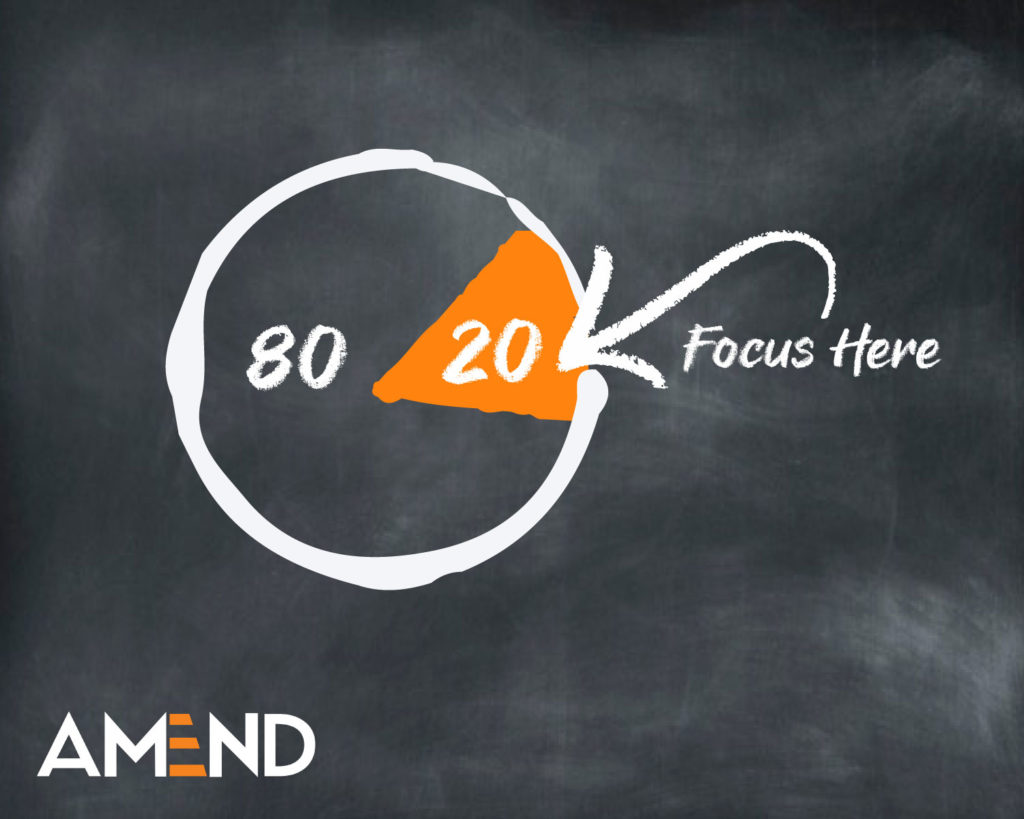
Will you please rate your experience?
Would you be willing to fill out our survey?
Can you tell us how we are doing? Leave us a review?
These are questions we get asked every day. At restaurants, at the doctor, at the end of an unsolicited telemarketer’s call. It is a way to measure how a business provider is perceived by its customers. But, it is not always the most telling answer to how you are performing. Think about how many times you have left a “5-star” review for a product you love, or a “1-star” review for a restaurant that had horrible service. How many times have you never left a review at all? Businesses are sometimes aware of a customer’s true experience, but only when it falls to one extreme on the spectrum or the other.
Over the last several weeks, businesses have felt the tremendous impact on the economy due to the COVID-19 outbreak. Specifically thinking about customers and sales, we know the landscape is quickly evolving. Needs are shifting and situations are unfolding rapidly. As a business leader, do you know who would give you a “5-star” review and recommend you to another business in these critical times? Who is on the verge of that “1-star” and walking away next week?
Understanding the satisfaction and engagement of your customers allows your team to make better decisions around client services, have flexibility within customer strategies and offer different types of support for customers. To achieve this, there is an unbiased, data-driven approach that does not require you to survey every single customer every day. This is known as Customer Health Scoring.
Customer Health Scoring does exactly what it sounds like. It is a methodology that uses data and analytics to give an unbiased indication to how likely your customer is to meet a certain outcome that you want to predict. Indicators like drop off (churn) or retention and upgrading or downgrading are a few examples of what can be predicted about your current customers, with a high level of confidence, using your existing data.
“Why?”
In addition to knowing the likelihood that Customer A is going to churn, you can determine the reasons why that is going to happen, through insights known as “predictors” or “leading indicators.” These predictors can be anything from Industry or State to Product Usage or Training. In one study across multiple industries, we found that brand loyalty (tenure of the customer relationship) was no longer predictive of retention in today’s marketplace. To read more about this study and others please go to link.
“So what?”
The so-what of all of this brings us to the impact this can have on your business. Client Health Scoring, when used correctly, can help identify opportunities for up-selling new products to your customers, signal when a customer is likely to churn or identify actionable opportunities for improvement for your team. As a manger or executive, you get data-driven insights that empower you to make decisions for your business and allow you to shape the customer journey for each of your customers.
“How?”
These are the steps you need to take in order to begin Client Health Scoring for your business.
1. Define your problem statement
The first step in creating a scoring system is to determine what behavior or outcome you want to understand about your customers (pro tip: you can do more than one). Churn, retention, opportunity for up selling/cross promotion or indication of downgrading in product mix are just a few examples you can predict.
2. Find your predictors
Ok, so it has been a few years since your last statistics class. That’s alright; this can sound like a very daunting task at first, but there are easy ways to determine what behaviors are predictive of your problem statement. Start with your sales and customer service teams. What behaviors do they notice about customers who do “X” (churn, upgrade, etc.)? Maybe they have a shorter onboarding time which leads to a bad first experience or future issues. Maybe they are dissatisfied with their product because there are only few features. You can leverage the knowledge and experience of your team to zero in on the things that matter.
3. Determine how impactful your predictors are
Use historical data and insights from your team to determine the impact that each predictor has on the customer’s likelihood to meet the outcome. It is very likely that each of these predictors will impact your customer’s satisfaction and actions in varying degrees of gravity.
4. Create your scoring system
Now that you have an outcome identified, predictors determined and understand the impact that they drive to your customer’s experience, lets develop a scoring system. Use your predictors and whether or not your customer falls into that bucket to determine a score. Discuss with your team what the scores mean, maybe in the context of likelihood to downgrade on a particular product 0-30 is “safe” or “green” , 31 – 50 is “needs attention” or “yellow” and 50+ is “high risk of downgrading” or “red”.
5. Apply the scoring system to your current customer portfolio. Think about the results.
Now that all of your customers are scored, take a look at the results. Is this what you expected?
What may surprise you is that some of the customers that, prior to this exercise, were deemed “healthy” may be struggling. The customer who has been consistently buying one product may have room to grow into some of your other offerings. The scores provided with this exercise will help you to take immediate action with your customers and help you to improve their experience and strengthen your relationship.
Need guidance on beginning the customer scoring process? AMEND has a wealth of experience and expertise in this space and can help to create or improve your Customer Health Scoring System using more advanced statistical and modeling techniques. Our team can create a suite of automated and sustainable tools that provide your team with data driven insights so that you can focus on caring for your customers.
See some more examples here Case Study 1 / Case Study 2
[cta id=’6635′]









